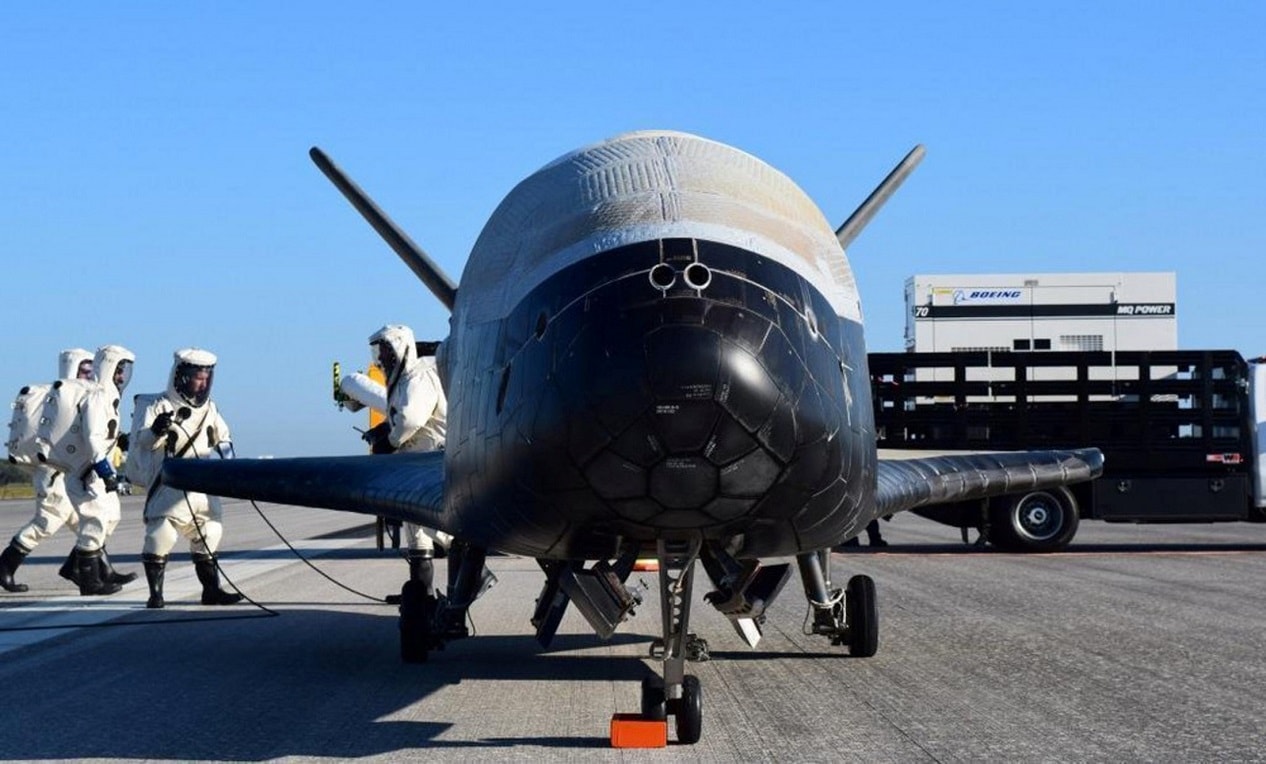The X-37 project has been moving forward, in secrecy, for the entire twenty-first century. Designed by Boeing, the X-37 is a robotic, unmanned spacecraft, conceived to demonstrate reusable space technologies. Currently, the U.S. Air Force operates the X-37B, conducting mysterious, orbital missions and offering few public disclosures.
X-37B: A Few Details Are Available
What we do know about the X-37 is that the technology is reusable. Companies and agencies across the industrial spectrum are rushing to incorporate reusable technologies. Outwardly, reusable materials efforts are often marketed as sustainability efforts – an effort to reduce waste, geared towards environmental friendliness. Certainly, reusable products are eco-conscious. But reusable products are also cost-effective; using something once is an expensive proposition. And cost-effectiveness, rather than sustainability, is likely the primary motivator for companies seeking to adopt reusable technology.
Towing expenses are particularly limiting within the industry of space exploration. In many respects, our leading space exploration firms and agencies know precisely what they want to do (say, go to Mars or establish a lunar colony) – and they know how to do it. Yet, they simply can’t pay for it. Consider America’s Project Apollo, humankind’s hallmark space exploration achievement, which landed men on the surface of the Moon. Between 1960 and 1973, the U.S. spent $25.8 billion on Project Apollo, the equivalent of $257 billion in 2020. Last year, NASA’s entire budget, for all projects, was $23 billion. The American public is unwilling to spend money on space exploration in the way they did during the Cold War.
To bypass the restrictive budgetary environment, companies are developing reusable space technology. SpaceX for example has developed the Falcon 9, the first-ever reusable, orbital-class rocket. “Reusability allows SpaceX to refly the most expensive parts of the rocket, which in turn drives down the cost of space access,” the SpaceX website states. The Falcon9 has been used to carry various payloads into orbit, including Boeing’s X-37 – another example of cost-effective, reusable space technology.
The X-37 was developed from the Boeing X-40; the X-37 is a 120 percent scaled derivative of the X-40. NASA initiated the project in 1999, selecting Boeing to create an orbital vehicle. During the development phase, which lasted four years, NASA invested $109 million in the project. The U.S. Air Force and Boeing invested another $16 and $67 million respectively. The result of the investment, the X-37, was a functioning, reusable orbital vehicle featuring a similar aerodynamic design as the Space Shuttle, with a similar lift-to-drag ratio.
In 2004, NASA transferred stewardship of the X-37 program to the Defense Advanced Research Projects Agency (DARPA), where the program has since been classified. DARPA has granted the public some insights, however.
The X-37 Testing and Known Accomplishments
In 2005, the X-37 was flown for the first time, attached beneath a Scaled Composites White Knight, a high-altitude research plane. After the flight, the X-37 underwent structural upgrades, and plans were made to perform the first drop test, in which the X-37 would be released from the White Knight in-flight. After a series of canceled drop test dates, the X-37 was finally released from the White Knight on April 7, 2006. The X-37 did not have an intact propulsion system and simply glided back to Earth. The glide portion of the test went well. The landing was botched, however, when the X-37 overran the runway, incurring minor damage.
After two more fully successful glide tests, the U.S. Air Force announced it would develop its own variant, the X-37B Orbital Test Vehicle (OTV) (the NASA/DARPA version was known as the X-37A). Under the Air Force, the program would focus on “risk reduction, experimentation, and operational concept development for reusable space vehicle technologies, in support of long-term developmental space objectives,” the Secretary of the Air Force said. That explanation, consistent with the program’s secrecy, doesn’t offer us very much insight. What we do know is that the Air Force has indeed launched the X-37B into space.
The X-37B’s first launch, known as OTV-1, took place in April 2010. An Atlas V rocket carried the X-37B into space. The Air Force disclosed very little about the flight, but amateur astronomers, keeping an eye out for the orbiting spacecraft, believed they spotted the X-37B in low Earth orbit, circling the Earth once every 90 minutes. The spacecraft stayed in orbit for 224 days, landing in December. Since OTV-1, several X-37B missions have been launched. The most recent, OTV-6, occurred in 2020. During the mission, the spacecraft released a satellite with experimental payloads to remain in Earth’s orbit.
All indications are that the Air Force will continue testing the mysterious, reusable X-37B, leaving us all to wonder, what exactly they’re doing up there.
Harrison Kass is the Senior Defense Editor at 19FortyFive. An attorney, pilot, guitarist, and minor pro hockey player, he joined the US Air Force as a Pilot Trainee but was medically discharged. Harrison has degrees from Lake Forest College, the University of Oregon, and New York University. He lives in Oregon and listens to Dokken. Follow him on Twitter @harrison_kass.

